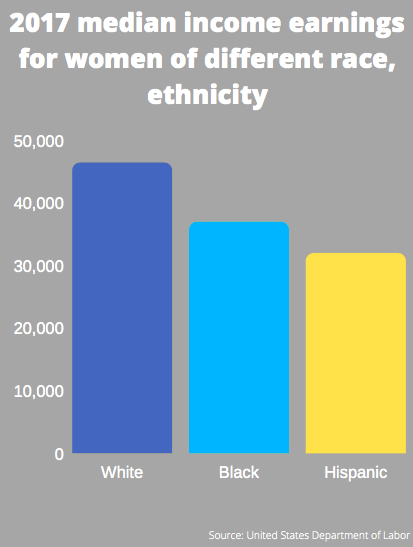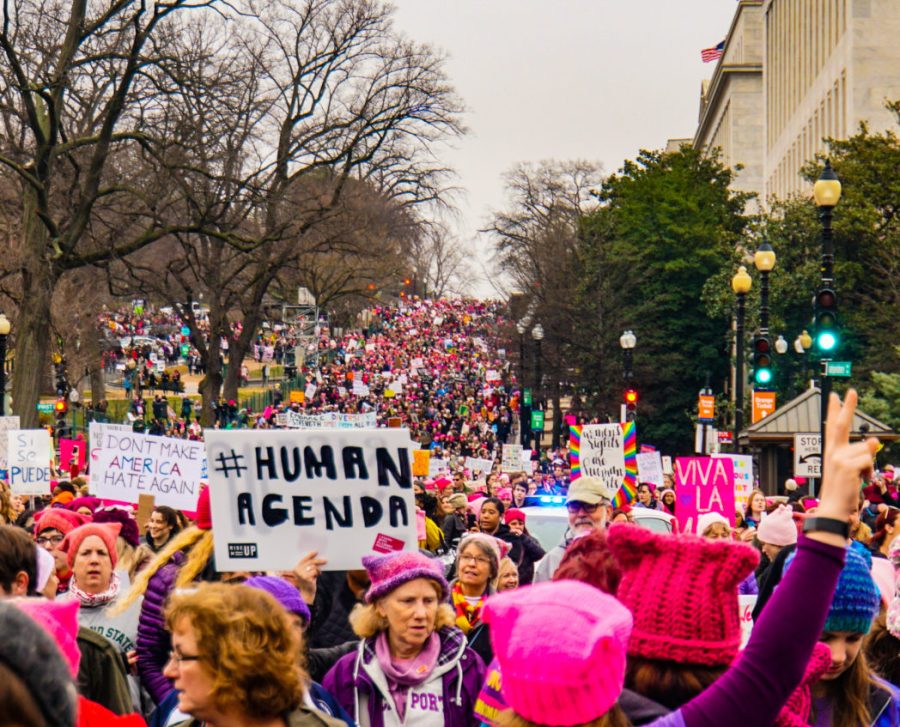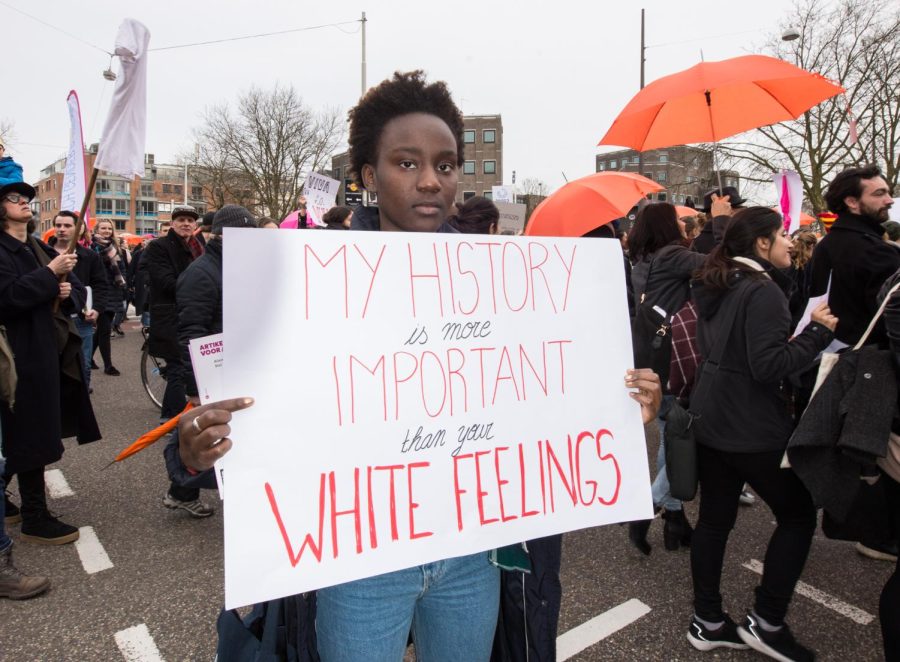
The new, late third-wave idea of “girlboss” feminism is problematic and should be re-examined before it is held up as a feminist standard.
“Girlboss” feminism is a type of feminism that encourages corporate-focused individualism and was born in the 2010s. It contrasts with the mostly political oriented first-wave and the second-wave’s attempt to dismantle misogyny in the familial sphere. “Girlboss” feminism attempts to take a cosmopolitan approach to feminism and is very exclusive. It focuses on women of the corporate world, Prada-wearing millionaires and billionaires who live in mansions and most likely have people like housekeepers and drivers working for them. “Girlboss” feminism encourages women to be CEOs, Wall Street bankers and rude.
Its brand largely exists in the material world — a mug that reads “male tears” or a perhaps a pink Pussyhat and tote bag that awkwardly plasters the word “vagina” on it. “Girlboss” feminism worships two gods: hyper-capitalism and status. It has also been referred to as “neo-liberal feminism,” which underplays the role that socioeconomic and cultural differences play in people’s lives.
It aims to ditch the values of human decency and kindness, and seems to treat ruthlessness as a feminist win. When examining the world’s problematic structures of inequality, like wealth inequality and labor exploitation, it is irrational to argue that the problem is a lack of women working in these areas; the problem lies in the structures themselves.
When female bosses mistreat their staff, it’s not “girlboss” but rather a gross injustice, one more dominating member of the economic oligarchy that uses their privilege to harm others. Women in power are capable of abusing their staff, and it cannot be ignored or praised as a something worth striving for.
Amy Klobuchar, U.S. senator of Minnesota, had former staff members come out and describe the humiliation that came with working beneath her. Staff members said that Klobuchar would berate them, ask them to perform menial tasks and have fits of explosive rage. Klobuchar may have been Minnesota’s first female senator, but she was clearly not excluded from demonstrating an abuse in power. These instances of abuse should not be applauded as a form of “girl power.”
“Girlboss” feminism may continue to uphold wealthy white women’s positions of power, such as Ivanka Trump and Hillary Clinton. They both symbolize the wealthy 1% of white women and do not represent the typical American woman. According the U.S. Department of Labor, the average white woman earns a median income of $46,515, the average Black woman earns a median income of $37,006 and the average Hispanic woman earns a median of $32,002.
Upper-class white women want to be considered oppressed, and while they may be in comparison to upper-class white men, not being able to live out your evil queen fantasy is not a mode of oppression. Oppressing others to get ahead is objectively wrong and should not be celebrated.
It is not to say that woman should not be or assertive nor seek their career of choice, but rather that everyone must make a commitment to ethical behavior and be mindful of structures of inequality so they do not contribute to it. “Girlboss” feminism falls short because it fails to recognize the unique experiences that women of different backgrounds face. It also upholds superficial corporate glory as the ideal for life, and these fail to recognize this force as inherently oppressive.
Instead, feminism should aid in dismantling the structures that contribute to the maltreatment of women, such as racism, poverty and xenophobia.
“Girlboss” feminism really isn’t feminism at all. It has no concern for the poor woman, the non-white woman or the immigrant woman. It is selfish, consumerist and just as toxic as the patriarchal world it claims to fight against.
This story was written by Lucia Ruffolo. She can be reached at lucia.ruffolo@marquette.edu









